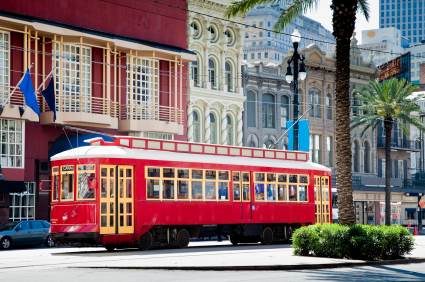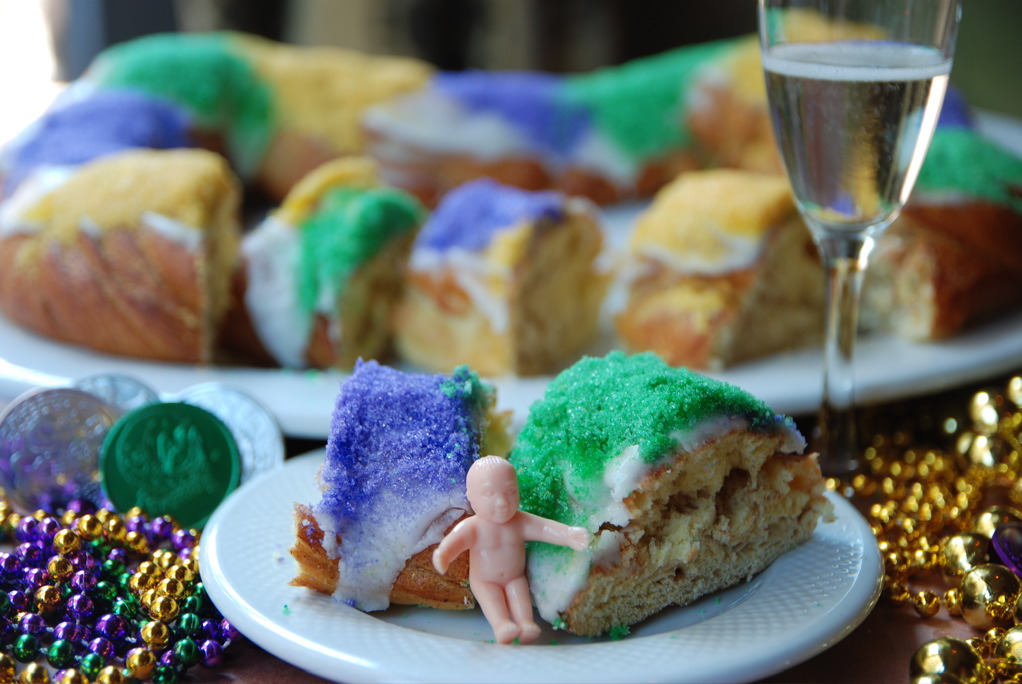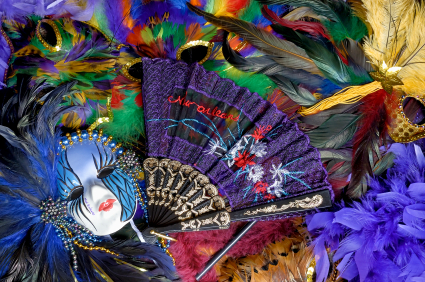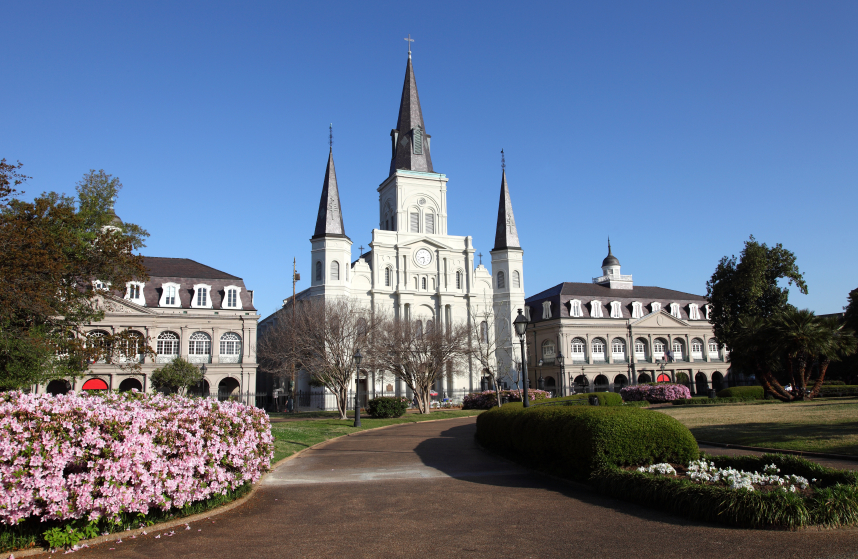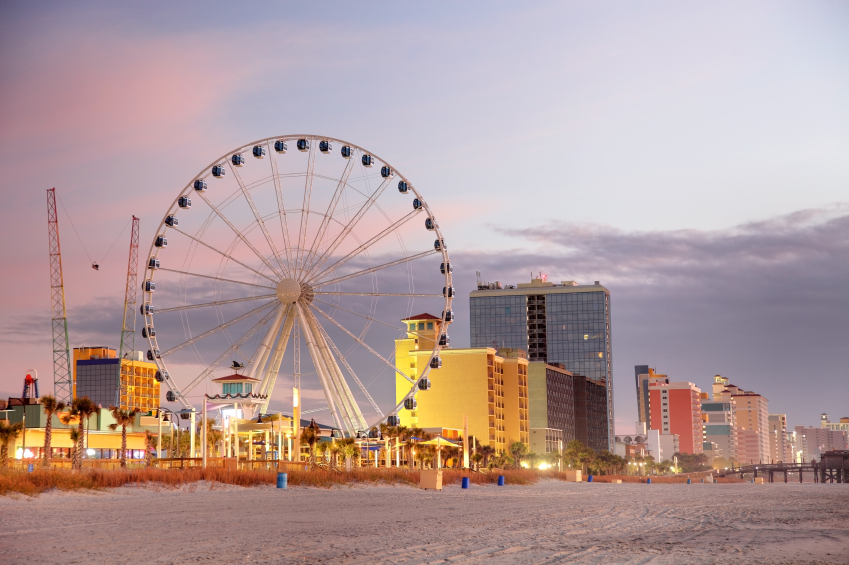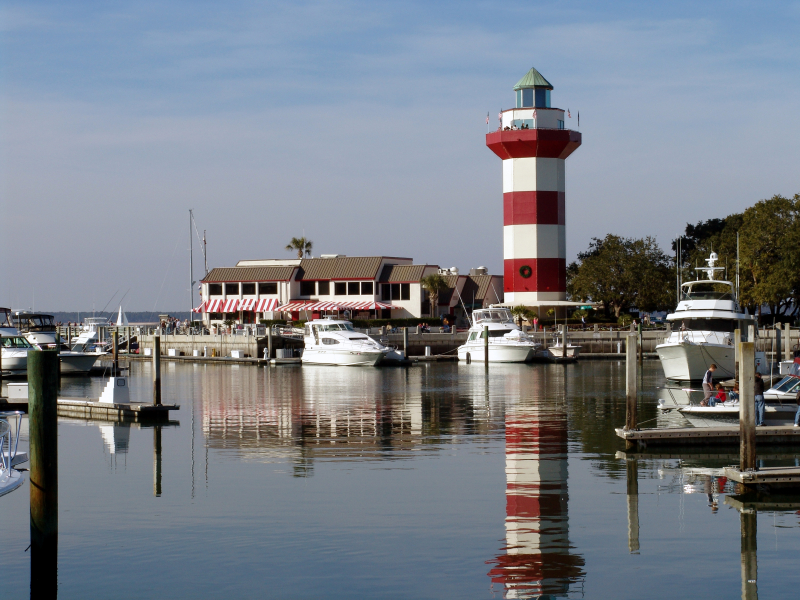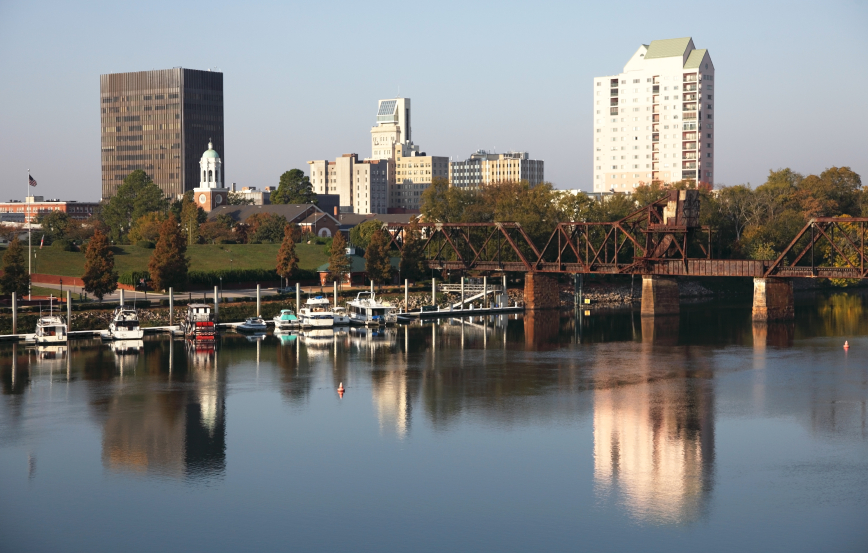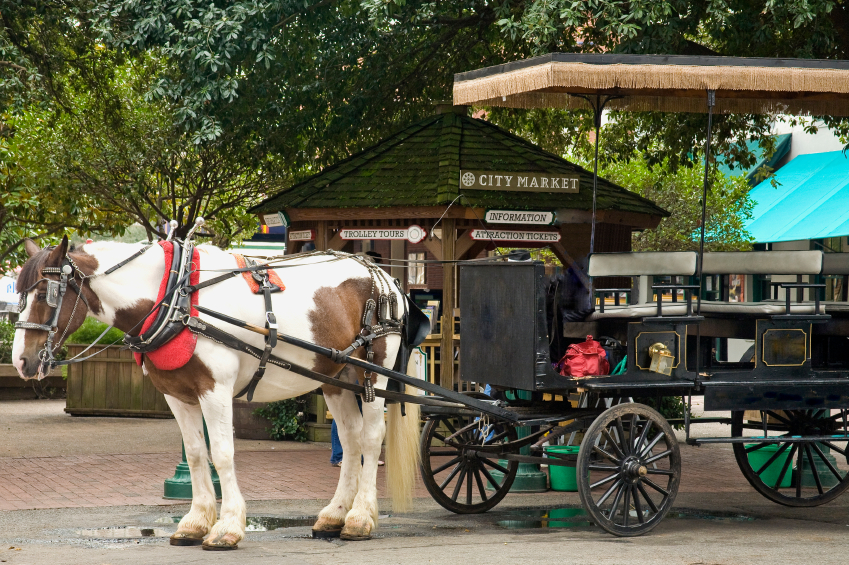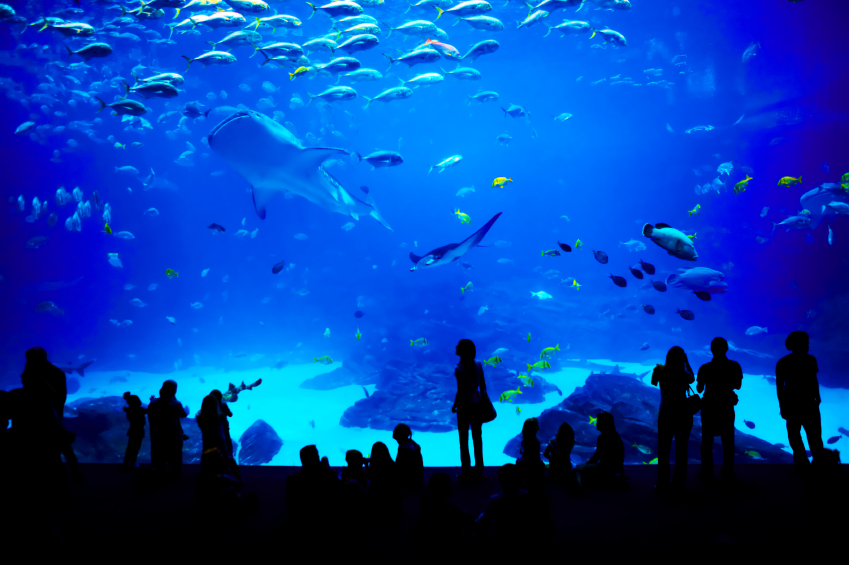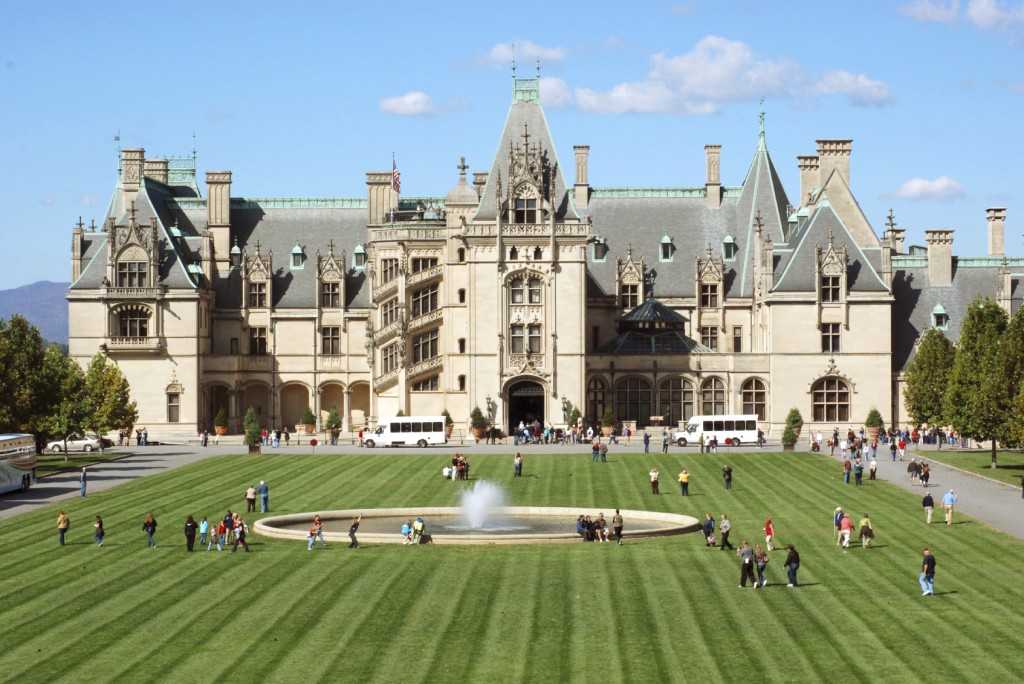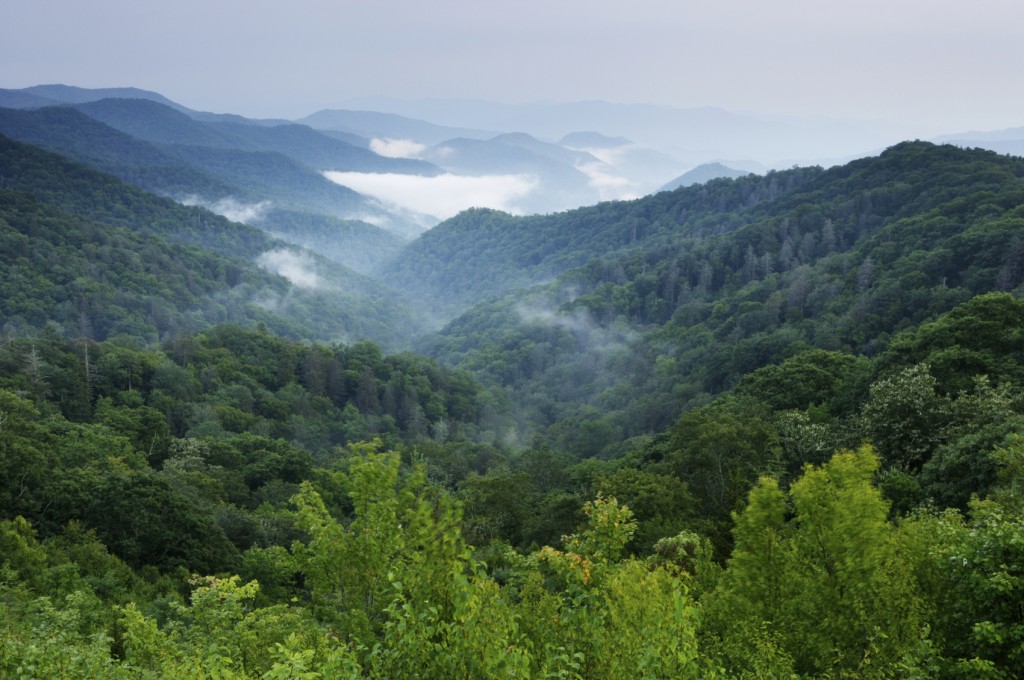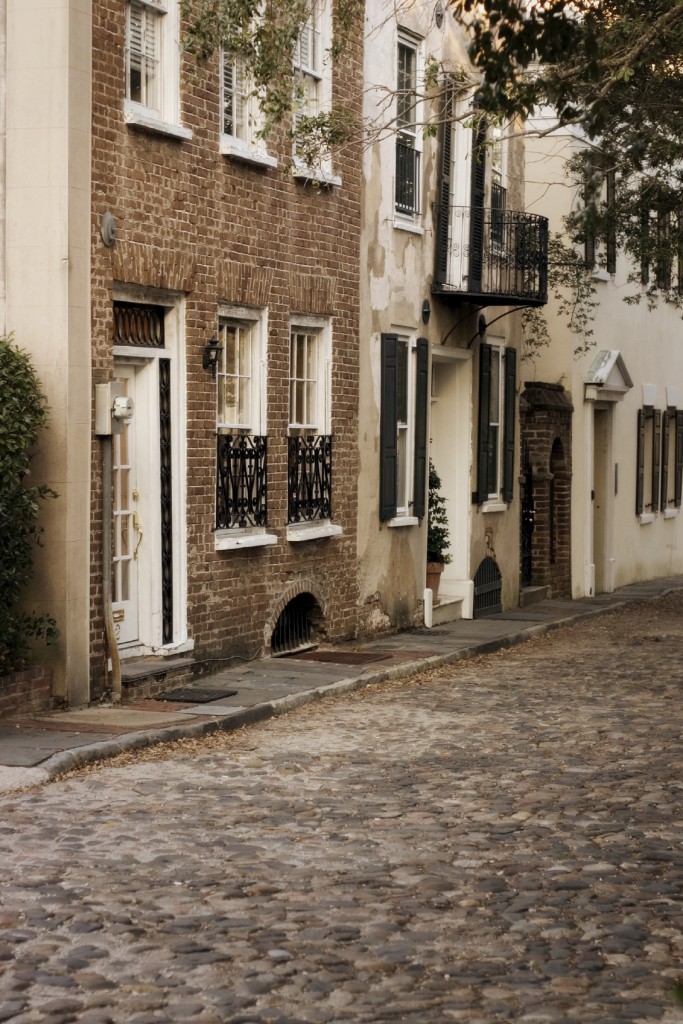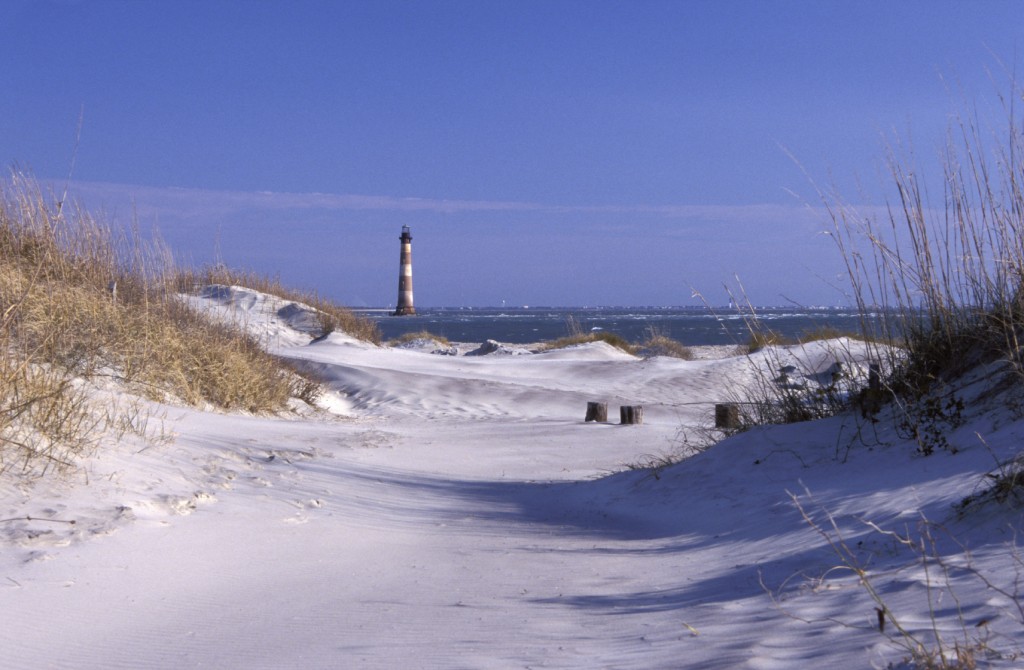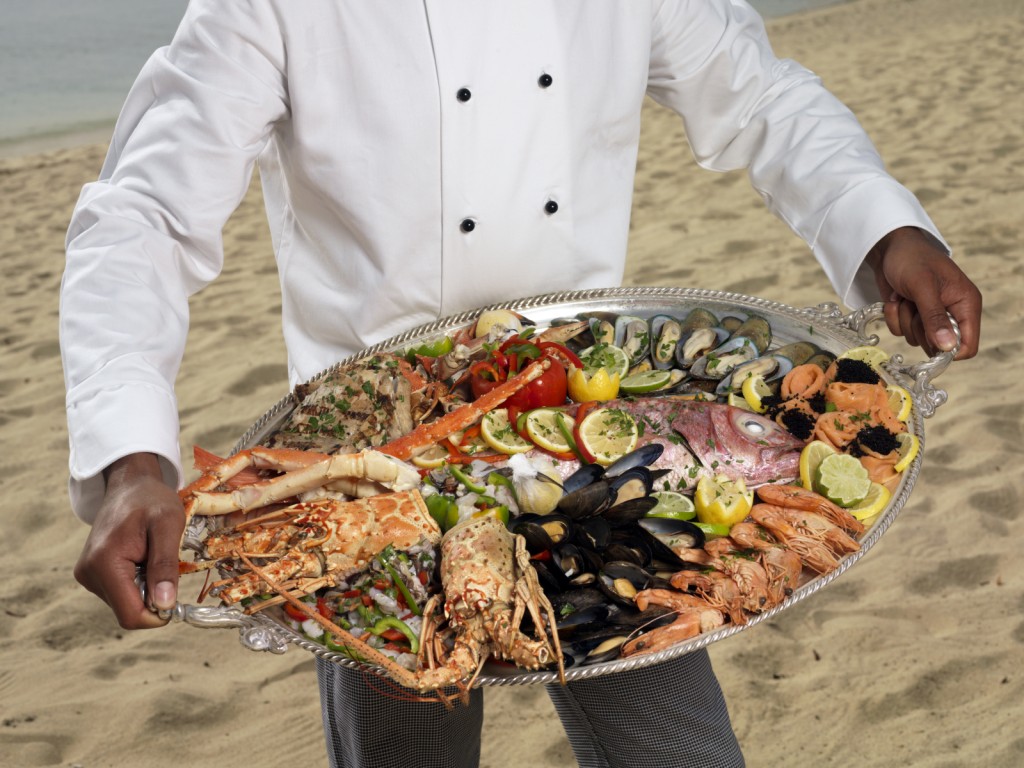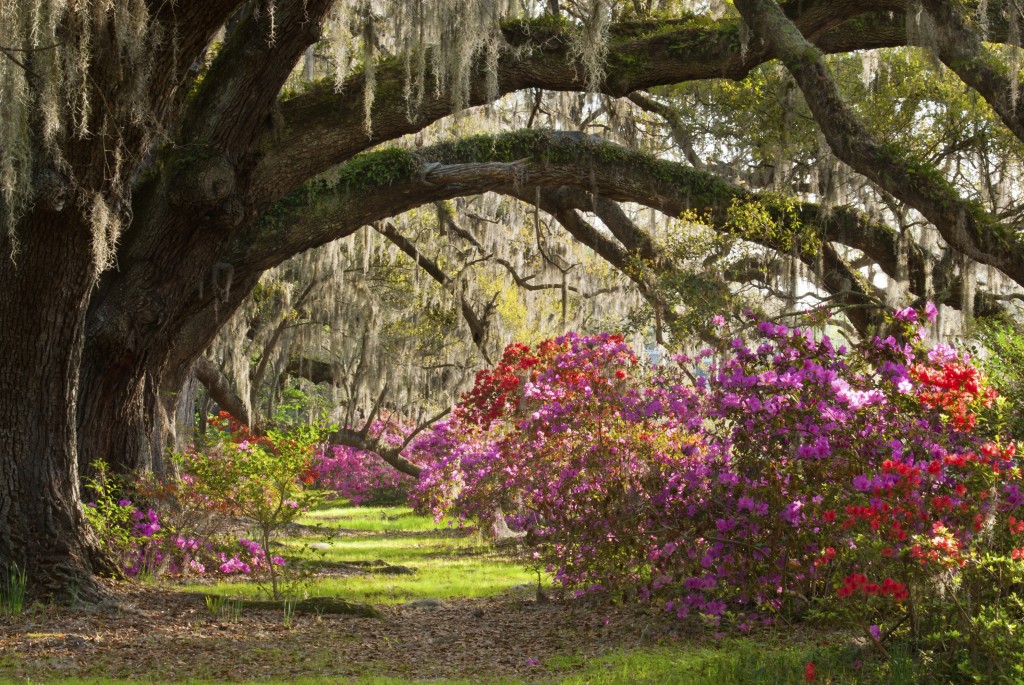Mardi Gras and New Orleans
What you see concerning Mardi Gras on TV every year is the tip of the Carnival iceberg. And if you’re up for a wild party, mostly traveling through equally raucous crowds along Bourbon Street, there you are!
But Carnival and Mardi Gras in New Orleans is so much more, a slice of Americana steeped in Louisiana culture.
The season of Carnival begins on Jan. 6, otherwise known as the Epiphany or Twelfth Night of Christmas, the day the Three Wise Men brought gifts to the Christ child. The “season” lasts until the day of Mardi Gras, the Tuesday before Ash Wednesday and the beginning of Lent. In a nutshell, Carnival and Mardi Gras is living it up before giving it up.
“Carnival refers to the season of merriment which always begins on Jan. 6,” writes Arthur Hardy in his annual “Mardi Gras Guide,” a must for visitors. “Mardi Gras (Fat Tuesday) is the single culminating day of Carnival.”
During Carnival season, there are elaborate balls, parades, Mardi Gras Indians (as seen on the HBO series “Tremé”) and special events happening in New Orleans, ranging from the traditional to the absurd. The fun begins Jan. 6 with the Phunny Phorty Phellows traveling up St. Charles Avenue in a decorated streetcar proclaiming the start of Carnival and The Joan of Arc Project resembling something more medieval walking through the French Quarter.
Most of the fun revolves around the numerous parades that roll through city and suburb streets. Only a few walking parades happen in the French Quarter due to its narrow streets so most will follow established parade routes. Carnival is made up of dozens of “krewes,” organizations that either put on a ball or a parade — or both — and they are the ones who are standing in costumes on floats throwing beads, trinkets and doubloons (aluminum coins) to the crowds.
Parades routinely happen on weekends in Carnival, then offer a final 10 days of solid parades leading up to Mardi Gras. Because of the Super Bowl occurring in New Orleans this year, the parade schedule is slightly altered. Parades will be rolling the weekend of Jan. 25-27, Friday and Saturday, Feb. 1-2 and Wednesday, Feb. 6 through Mardi Gras Tuesday, Feb. 12. There are three “super parades” featuring double- and triple-decker floats and celebrity royalty: Bacchus, Endymion and Orpheus.
On Mardi Gras day in New Orleans, visitors can enjoy the traditional Zulu and Rex parades, following by an endless stream of costumed trucks. Rex is considered the king of Carnival and his meeting with his queen later that night signals the end to the season. Zulu is a predominantly African American parade created during segregation to both allow blacks to parade and mock the once all-white festivities. Other special events happening on Mardi Gras day are the Mardi Gras Indians, another African American tradition; special walking clubs like Pete Fountain; and the Gay Mardi Gras with its elaborate costume contest on Bourbon Street.
Since Carnival is a winter holiday, it’s important to dress for any kind of weather. Winter in New Orleans ranges from freezing to sunburns, so dress in layers and be prepared for anything! If you costume on Mardi Gras day, the same rule applies.
Accommodations fill up fast for Carnival, and prices tend to be higher during this time. Restaurants also pack in the crowds so make reservations if possible. Since this is a time to be on the streets having fun, staying at the finest hotel is not necessary, but if you can find one on a parade route that’s a plus, for both the convenience of walking out your door to the parade and an available bathroom.
Many people assume New Orleans Carnival and Mardi Gras to be an adults-only holiday. Obviously, it’s not advisable to bring children to the French Quarter during this time — at least not the bawdy areas such as Bourbon Street. But Carnival, with its parades featuring bands, krewe members throwing trinkets and beads and the festival atmosphere surrounding it all, is perfect for children. The trick is to enjoy the parades in the more family-friendly areas. The best spots for families include the beginnings of the parade route in New Orleans or the parades that roll in the suburb of Metairie.
If you are interested in visiting New Orleans or the surrounding area, check out our New Orleans Vacation Package and start planning your next vacation!
Cheré Coen is a Lafayette, La., travel writer and author, but a native of New Orleans. Her latest book is “Exploring Cajun Country: A Tour of Historic Acadiana.” Follow her at WeirdSouth.blogspot.com.
http://www.mardigrasneworleans.com


